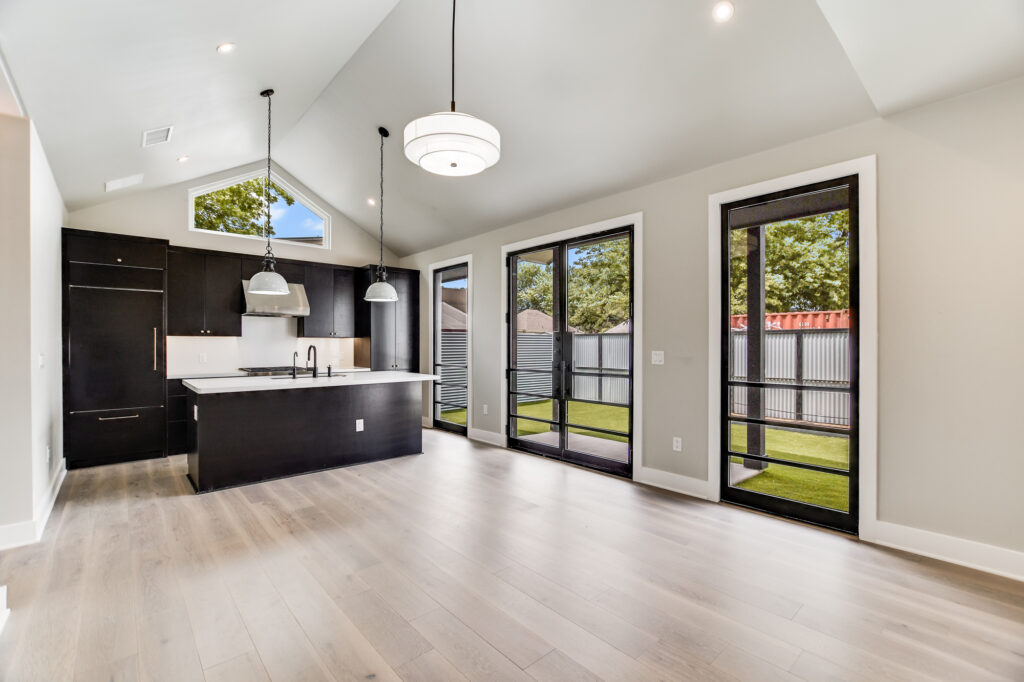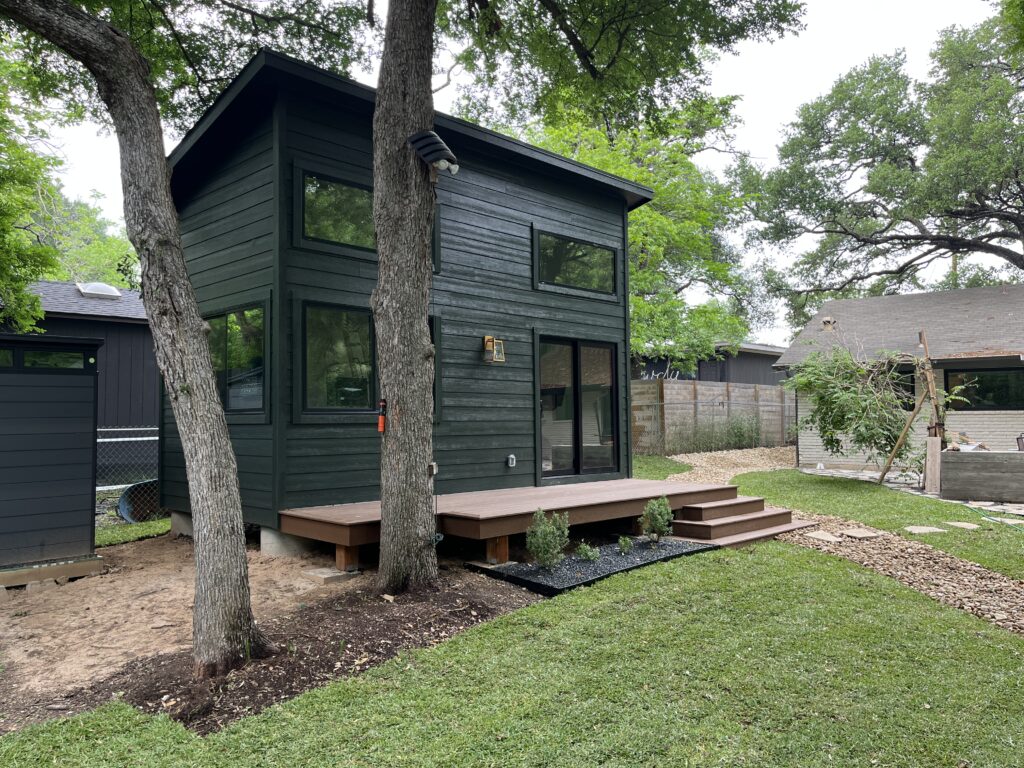As Austin, Texas, continues its rapid growth, the demand for unique and high-quality homes is also on the rise. One distinctive option is the casita, or “little house.” Similar to an Accessory Dwelling Unit (ADU), a casita offers a private and personalized living space.
The History of Casitas
The word “casita” is Spanish for “little house” or “cottage,” and its origins trace back to Spanish colonial times, where they were used to house extended family members. Over time, they gained popularity in Latin America and the Southwestern United States. As the demand for secondary living spaces continues to grow, casitas have become an increasingly common feature on larger residential properties, allowing families to stay close while maintaining privacy.
What is a Casita?
A casita is a detached living unit situated on the same lot as the primary residence. It can serve as an in-law suite, guest house, or even a home office. Typically, it includes essential amenities such as a bathroom, kitchen or kitchenette, living area, plumbing, and electrical systems, and some casitas may also feature a washer/dryer unit. With a private entrance, a casita functions like a smaller version of a full-sized home – whether you prefer a rustic, minimalist approach or a fully-equipped modern aesthetic, the team at Southerly Homes can help you design a casita that perfectly balances efficiency and style.

Casitas and ADUs: The Key Differences
A casita and an Accessory Dwelling Unit (ADU) are both secondary living spaces on the same property as a primary residence, but they differ in purpose and regulation. A casita is typically a smaller, more personalized space used for guests or family members, often with a custom design. Casitas can be as small as you want – in Austin, casitas that are 200 square feet or below does not require a permit. However, you still need to follow regulations and local deed restrictions, and there are considerations if you are adding power and plumbing to review permitting requirements. In contrast, an ADU is a more standardized and versatile unit, subject to additional local zoning laws and building codes, and can be used for various purposes, including rental income. While casitas are more informal and flexible, ADUs are formally recognized and regulated structures.
Size Considerations
Casitas are highly flexible in terms of size, allowing you to tailor the space to your specific needs. Generally, they range from 300 to 1,200 square feet, with the average size being around 500 square feet. The professionals at Southerly Homes will work with you to determine the ideal dimensions for your casita, ensuring it meets both your practical needs and design preferences.
Building a Casita in Austin, TX
Building a casita in Austin, TX, is entirely feasible, but it’s crucial to ensure your property complies with local regulations. Once compliance is confirmed, Southerly Homes is ready to assist you in bringing your casita vision to life – as a trusted general contractor in the Austin area, Southerly Homes brings extensive experience, expertise, and a commitment to quality craftsmanship to every project.

Cost Considerations
The cost of building a casita can vary widely depending on its size, amenities, and design. Southerly Homes offers a free consultation to help you navigate these variables. Whether you’re looking to add a casita to an existing property or want to build both a primary residence and a casita, Southerly Homes is here to help. Our team takes the time to understand your vision, needs, and budget, ensuring your project meets all your expectations.
Contact us today or give us a call at (512) 831-3645 to schedule a consultation and start your journey toward your future casita in Austin!


